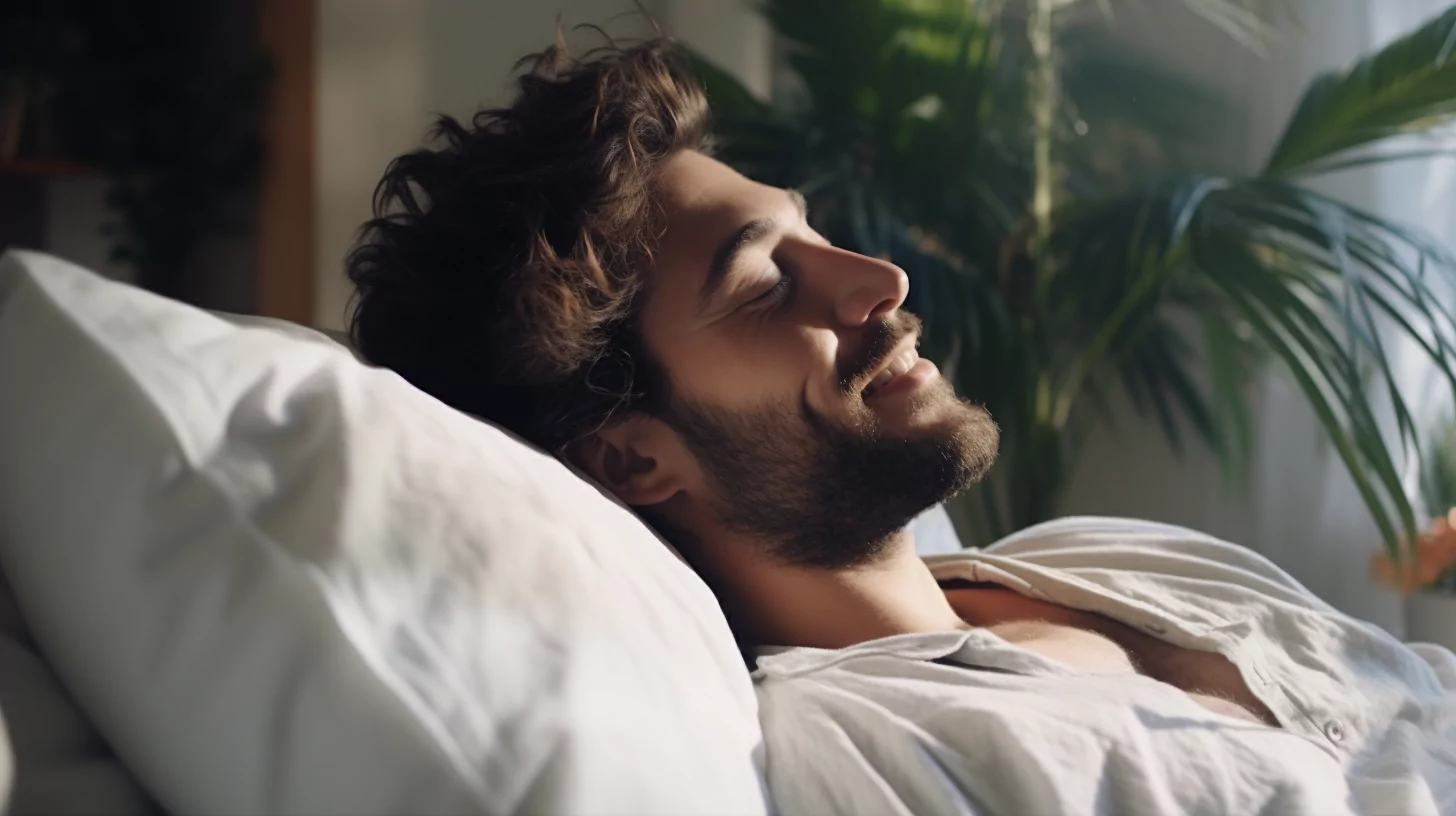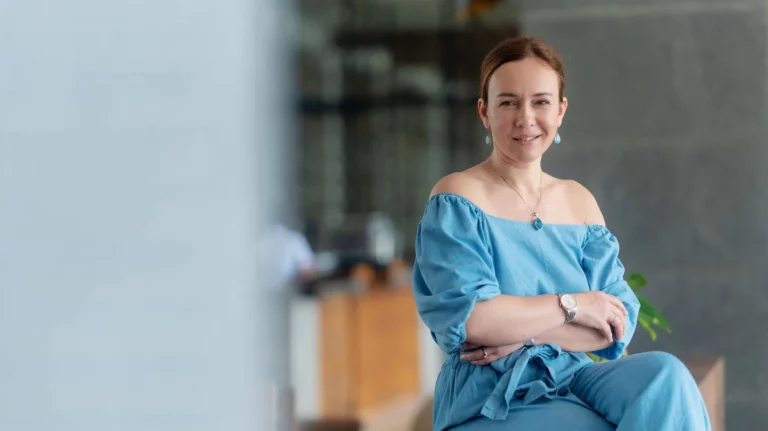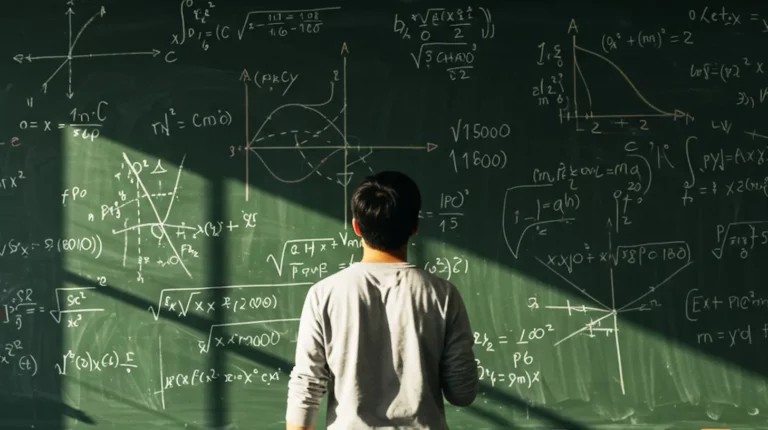Did you know that 50 million to 70 million people in the U.S. have ongoing sleep disorders? And women are more likely to experience insomnia than men?
There are tons of methods that can help—some that work and some, well, not so much. But one that’s gaining recognition is hypnosis for sleep.
So if you’re one of the many struggling to get a good night’s rest, then this may just be the solution for you.
What is hypnosis for sleep?
Sleep hypnosis is a relaxation technique aimed at promoting sleep. It involves inducing a trance-like state where you become highly receptive to suggestions, allowing you to go to sleep faster and better.
It happens in sessions and is guided by a trained hypnotist, such as Paul McKenna, UK’s #1 hypnotherapist and the trainer of the Mindvalley Certified Hypnotherapist program. The hypnotists use language, imagery, and suggestions to help you release tension and stress and, as a result, relax.
Everybody has some stress, but hardly anyone has the skills to deal with it. — @ImPaulMcKenna Share on XThe great thing is, sleep hypnosis can help you maintain a consistent sleep schedule. And what’s more, it helps create a comfortable sleep environment so that the quality of sleep you get increases.
As one Mindvalley Member, Ian Spare, highlights, “[Hypnosis] had a significant impact on being able to still my mind and go to a better place in my head. I enjoy longer and more refreshing sleep, which in turn helps me deal with my stressful job.”
Difference between hypnosis vs. hypnotherapy for sleep
Both hypnosis and hypnotherapy for sleep include a trance-like state of focused attention and heightened suggestibility. However, they differ in their applications and purposes.
- Hypnosis: It’s a technique that brings heightened concentration and reduced peripheral awareness. This allows the person who is hypnotized to be more receptive to guidance and suggestions.
- Sleep hypnosis: It uses hypnotherapy to address sleeping problems. Its end goal is to bring the person into a state of deep relaxation that will help them not only fall asleep easier and faster but also experience deeper and more restful sleep overall.
Here’s a closer look at them:
| Aspect | Hypnosis | Hypnotherapy for sleep |
| Main Purposes | Stress management, self-confidence, focus, habit control, anxiety/phobia management, pain management, improved sleep, enhanced creativity, behavior change | Aims to improve sleep quality, induce deep relaxation, facilitate easier and faster sleep onset, enhance restfulness |
| Focus | Various life aspects and behaviors | Primarily targeted at sleep-related problems |
| State Induction | Altered state of focused awareness | Induces deep relaxation for better sleep |
| End Goal | Behavior modification and personal growth | Improved sleep onset and overall sleep quality |
| Application Scope | Diverse applications beyond sleep | Centered around sleep-related challenges |
| Outcome | Behavioral changes and mental shifts | Enhanced sleep experience and quality |

How does hypnosis for sleep work?
Hypnosis for sleep happens in sessions between 20-30 minutes long or 45-65 minutes long. Besides in-person sessions with a trained hypnotherapist, it can also be practiced through guided audio recordings and online videos.
A typical sleep hypnosis session happens in five steps:
1. Induction: The session involves guiding the individual into a state of relaxation. This includes relaxation techniques, usually in the form of breathing exercises and progressive muscle relaxation.
2. Deepening: This phase is about bringing about a deeper state of relaxation and focus. It’s achieved through suggestions of heaviness, warmth, or floating sensations; the conscious mind becomes more subdued while the subconscious mind becomes more accessible.
3. Suggestion: Positive suggestions specifically related to sleep are introduced in this phase. These suggestions can take the form of phrases like “You are feeling more and more relaxed” or “Your mind is quiet and peaceful,” among others.
4. Guided imagery: You’re encouraged to visualize yourself in tranquil and peaceful scenes, such as a sunny beach or a leafy garden. The purpose of this phase is to divert the mind’s attention away from racing thoughts and create a mental space that promotes sleep.
5. Transition to sleep: As the session progresses, you’re guided into a state of sleep.
Keep in mind that not every session may result in immediate changes. But in the words of Dr. Michael Breus, a specialist in sleep disorders and trainer of Mindvalley’s The Mastery of Sleep Quest, “Everything you do, you do better with a good night’s sleep.”
Keep in mind that not every session may result in immediate changes. Be patient and give yourself time to experience the benefits of hypnosis for sleep.
How to do self-hypnosis for sleep
As the name gives away, self-hypnosis is performed by you on yourself. And here’s how you do it:
1. Preparation: Pick a cozy space and ensure that you won’t be disturbed for the entirety of the session. Create an appropriate peaceful environment by using candles, essential oils, or incense sticks.
2. Induction: Define your intention for the session by clearly stating your goal, such as “I intend to relax deeply and sleep soundly.” Then, you can start practicing relaxation techniques like breathing exercises and progressive muscle relaxation.
3. Deepening: The aim of this phase is to deepen the sense of relaxation and concentration. This is accomplished by introducing sensations of weightiness, warmth, or the feeling of floating.
4. Suggestion: In this phase, you make suggestions related to sleep in order to promote it. These are phrases such as “I am getting more and more relaxed” or “My thoughts are becoming clearer and more tranquil.”
5. Guided imagery: You’re creating vivid mental images during this phase. These images will help you shift your focus away from your worries and stressors, allowing you to enter a space of deep relaxation and receptivity.
6. Transition to sleep: You shift from your relaxed state to a natural sleep state. If you fall asleep during the transition, that’s okay. Allow yourself to wake up naturally when your body is ready. Avoid setting alarms or forcing yourself awake.
Remember that self-hypnosis is a skill, and like any skill, it improves with practice. Each person responds differently, so explore self-hypnosis with care and patience.
Like a past student of the Mindvalley Certified Hypnotherapy program, Timothy Luckcock, says, “I gained a lot of new skills to be able to help myself break free of my unconscious blocks and also help others do too.”
3 best guided hypnosis for sleep
If you’re new to sleep hypnosis for anxiety or insomnia or are looking to explore more guided hypnosis, here are a few suggestions to get you started.
1. Surrender to Deep Sleep: A Guided Meditation for Relaxation
This is the best video to start your self-hypnosis journey. A guided meditation by Nalaya Chakana can help release tension and be at peace right before bedtime.
For this short 10-minute session, allow yourself to relax and get ready for sleep.
2. Quick & Easy Deep Meditation Music for Sleep, Relaxation & Positive Energy
Making meditation a daily habit is not always easy. In the morning, most people have to rush to work, and the afternoon is usually the time when chores and socializing take place. That’s why many practitioners have decided to place their meditation session well into the night, just before they go to sleep.
Regardless, meditation for sleep is a great practice before bedtime, and that’s what this video is all about: a 20-minute session for relaxation and positive energy to help you with your sleep.
3. Paul Mckenna Official | Sleep
This video is from Paul McKenna—a 20-minute-long session created to help you sleep longer and deeper.
Whether you have insomnia, have a hard time switching your mind off, or are just looking for a way to relax before bedtime, this hypnosis for deep sleep will surely come in handy.
Just hit the play button and listen to Paul.
Are there any risks?
Hypnosis, when conducted by trained professionals, is generally considered safe for most individuals. However, like any therapeutic technique, there are things you should be aware of:
1. Unwanted suggestions. During a hypnotic state, you’re more open to suggestions. And if it’s one that goes against your values, beliefs, or personal boundaries, there is a slight risk of accepting or acting upon the suggestion. This is why it’s important to work with an ethical and certified hypnotherapist.
If you are looking for a hypnotherapist for one-on-one sessions or guided audio recordings, you better be looking in reputable places that are recognized by professional organizations such as:
- American Society of Clinical Hypnosis (ASCH)
- National Guild of Hypnotists (NGH)
- Society for Clinical and Experimental Hypnosis (SCEH)
- Mindvalley’s Everyday Bliss Quest with Paul McKenna
- Mindvalley’s Rapid Transformational Hypnotherapy for Abundance Quest with Marisa Peer
What’s more, if you are using guided audio recordings, listen to them first during wakeful hours to ensure the content aligns with your preferences and values.
2. False memories. In some cases, sleep hypnosis has been associated with the creation of false memories—you might remember things that never happened in the first place. While this is rare, you need to keep that in the back of your mind.
3. Emotional distress. This practice may bring up intense emotions as part of the therapy. This can be therapeutic in some contexts, but if you have a history of trauma or emotional instability, you should work with a therapist who is experienced in trauma-sensitive hypnotherapy.
4. Dependence. While hypnosis for sleep can be effective, relying solely on it for rest might create psychological dependence. It’s essential to use it as a complementary tool alongside other healthy sleep habits; make it part of your sleep hygiene and not your sole method for any of your sleeping problems.
5. Pre-existing conditions. If you have a history of psychiatric conditions, dissociative disorders, or other mental health concerns, it’s important to consult with a healthcare provider or mental health professional first.
How long can you be in sleep hypnosis?
The point of sleep hypnosis for insomnia is not to keep you in a hypnotic state indefinitely. Rather, it’s designed to calm the mind, reduce stress, and set the stage for quality sleep.
Sessions typically last from 20-60 minutes. Once you’ve transitioned into sleep, the session effectively ends, and you are in a natural sleep state. At this point, you’re no longer actively engaged in the hypnosis process.
Awaken to better sleep
Sleep hypnosis is a powerful tool that helps people every day sleep better, reduce symptoms of anxiety and depression, and improve their quality of life. And now you can acquire this tool to help yourself, others, or both.
Getting certified in hypnotherapy doesn’t only transform your sleep and well-being; it also gives you a highly monetizable skillset that helps others.
In the words of Mojy Afsharnia, a member of Mindvalley: “I was in between careers as I had just closed down my Pilates studio. After having several concussions, I decided to do Paul’s hypnotherapy course for myself to heal and help others around me. But during the course, with the support of my amazing community of fellow students, I was encouraged to open my own practice.”
Are you looking to make a transformative journey like Mojy, increase your well-being and the well-being of others, and become a master of hypnosis for sleep? You can start your journey, learn from the best, and join a thriving community with like-minded individuals.
Reserve your spot in the Mindvalley Certified Hypnotherapist FREE webinar.
Welcome in.
—
Images generated on Midjourney except for the one of the Mindvalley trainer.









